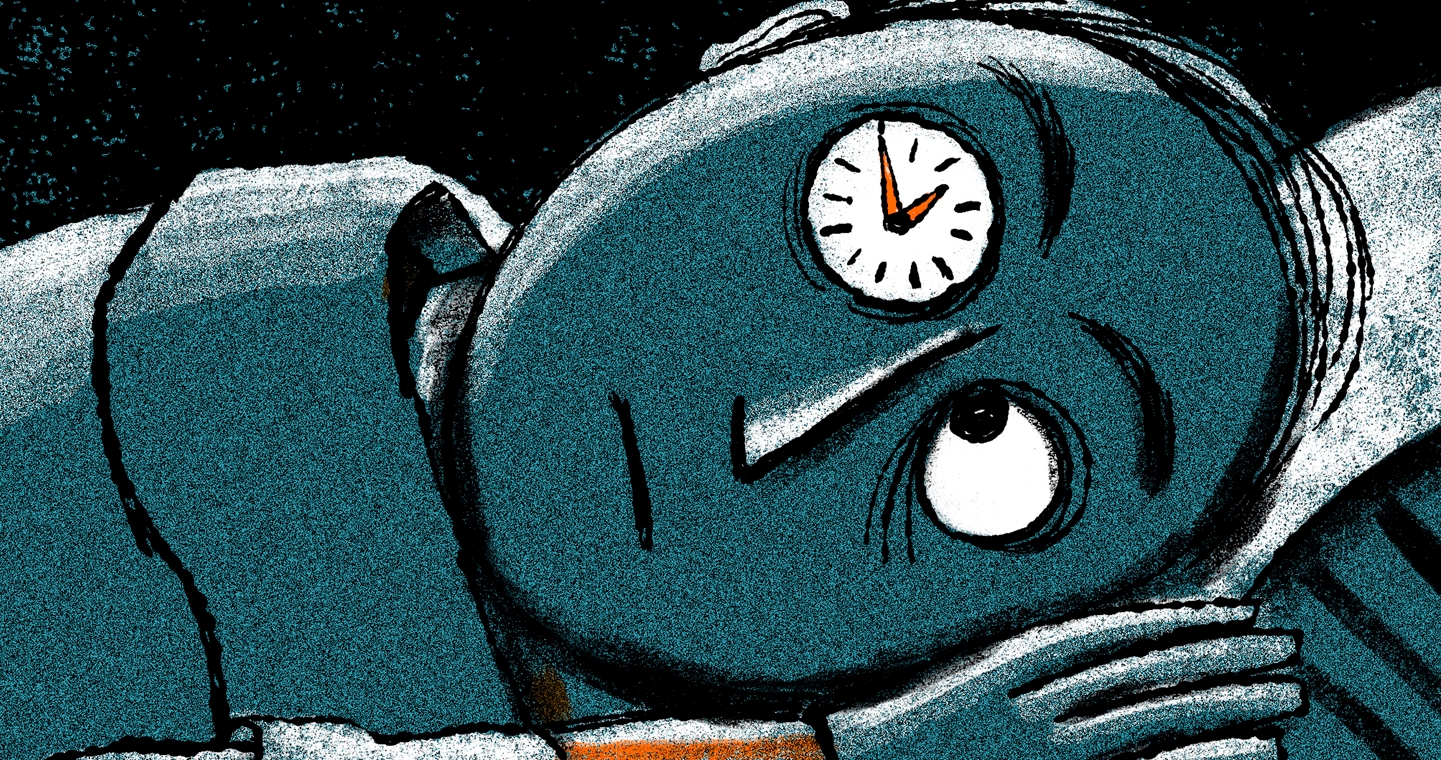By Alexandra Drosu
Last November, the Duke and Duchess of Sussex completed their first royal tour. During one of the couple’s 76 appearances in four distant countries, most notably Australia, Prince Harry was photographed sporting a sleep-tracking ring, and his wife, Meghan Markle, spoke of awakening at 4:30 a.m. for energy-invoking yoga. Every traveler of long distances—whether you’re a mere mortal or a jet-setting royal—is susceptible to this schedule-disrupting condition. But don’t fret, we have solid advice—from sleep experts and high-traveling professional athletes—to help you outsmart Father Time (no high-tech rings are necessary, but the duchess may be on to something with early-morning exercise).

Aligning the Light & Dark
Jet lag is defined as the temporary sleep disorder caused by traveling across multiple time zones. It disrupts our circadian rhythm, the internal body clock associated with sleep/wake cycles. The rule of thumb for recovery is it takes one day to adjust for every hour of time zone change—a daunting equation. “When we travel across time zones, the timing of environmental inputs into our bodies, such as the light-dark cycle, mealtimes and locomotion, becomes misaligned,” says Dr. Sveta Postnova, a neurophysicist at the University of Sydney. “This leads to the inability to sleep at night, decreased alertness, indigestion and irritability.”
Shut-eye Shuffle
Sleep deprivation has been studied extensively. According to a 2017 Stanford University study, one night of insufficient sleep can slow performance by 1.2 percent, while two bad nights quadruples that slack to 4.8 percent, and so on exponentially. When your career depends on your reaction time—whether that’s on the field or in the boardroom—a seemingly minor effect can have large consequences.
Maximize Your Tech
Sleep experts work with professional athletes to create individualized jet lag schedules. For those of us who aren’t on the pro circuit, there’s a more reasonable option. Postnova recommends apps like Jet Lag Rooster or Timeshifter to help “avoid counter-productive light exposure.” Simply type in your departure time and destination, and these apps will create a customized jet lag plan. At times they even prepare you ahead of takeoff by using light therapy to help your body clock acclimate more quickly.
The Three-day Rule
Planning a quick trip to see clients? If it’s shorter than three days, Postnova says, it’s better to stay on your home time zone instead of adjusting to the destination. You should schedule important activities during the hours that are equivalent to the daytime hours of your home time zone. For example, if traveling from New York to London, make plans between 1:00 p.m. and 8:00 p.m. to ensure all participants can be at their best.
Cat Naps Only
A nap shorter than one hour can improve alertness later in the day, according to a study by the Finnish Institute of Occupational Health. Pro squash player Sarah Cardwell, who travels 10 months a year, says she takes a quick nap if she’s exhausted but adds: “I can’t let it go longer than an hour or my body clock will be confused.” If you can’t take a short nap, skip it—you’ll be staring at the ceiling at 3:00 a.m.
Hit the Gym
Athletes tout the benefits of exercise—and it turns out they’re right. “You learn what works for you so you can perform as quickly as possible when you have a long flight,” says former tennis pro Thomas Enqvist, who was once ranked fourth in the world and, along with Cardwell, emphasizes exercising upon arrival. “Get up, get moving and get that routine started,” says TV sports director Mike Roth, who travels extensively for his work. Plus, exercising can help keep you energized that first day, says Enqvist, adding that it will help you sleep through that first night and adjust more quickly. Postnova adds, “It’s great for our overall health, well-being and mood.” A workout also makes room service that much more merited.
Article by Mosaic and provided courtesy of Morgan Stanley.
The authors are neither employees of nor affiliated with Morgan Stanley Smith Barney LLC ("Morgan Stanley"). By providing this third party article, we are not implying an affiliation, sponsorship, endorsement, approval, investigation, verification or monitoring by Morgan Stanley of any information contained in the article.
This article has been prepared for informational and educational purposes only. The opinions expressed by the authors are solely their own and do not necessarily reflect those of Morgan Stanley. The information and data in the article has been obtained from sources outside of Morgan Stanley and Morgan Stanley makes no representations or guarantees as to the accuracy or completeness of information or data from sources outside of Morgan Stanley.
Morgan Stanley Smith Barney LLC. Member SIPC.
CRC 2333706 12/2018

